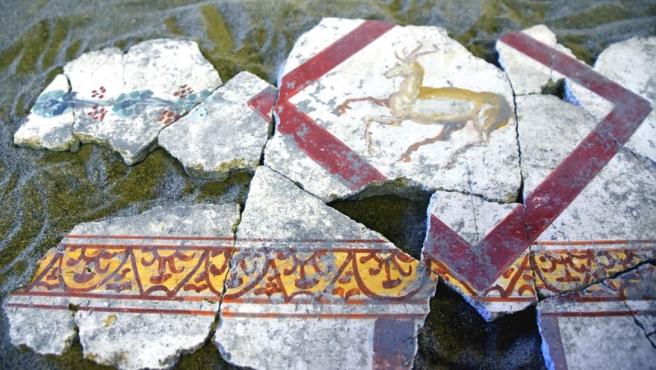Who has not ever seen the images of the Italian city of Pompeii , covered by the solidified lava of the Vesuvius volcano, and has imagined what its streets, houses and squares would be like. Now, thanks to artificial intelligence and robotics, we can finally know for real .
Sony uses sensors to carry out this technology
New technologies will help for the first time in the archaeological area of Pompeii, destroyed in 79 AD, to rebuild remains and frescoes that are largely fragmented and difficult to rebuild. Thanks to the ‘RePAIR’ project, an acronym for reconstruction of the past, from this September 1 thousands of fragments, like small pieces of a puzzle, will be reorganized with the help of mechanical arms capable of scanning the remains, recognizing them through a system of 3D scanning and place them in the correct position.
“While the fragments are recognized and scanned, precision mechanical arms and hands manipulate and move them with the help of state-of-the-art sensors capable of avoiding any damage, ” explain those responsible for the project. But it is not an easy job: thousands of remains that have been in deposits for years forming ‘an impossible puzzle’. It will be these cutting- edge technologies that will restore the history of Pompeii.
The painting will be on display until September.
This novel experiment will begin with the frescoes on the ceiling of the House of Painters at Work on the Insula de los Castos Amantes, which were doubly damaged: first during the 79 eruption of Vesuvius and then destroyed after the bombardment of World War II. . A second study of the frescoes in the Schola Armaturarum, caused by the collapse of the building in 2010, is also planned.
In parallel, a group of experts in mural painting from the University of Lausanne has been working in this context since 2018, with a program of study and manual recomposition based on the analysis of the different morphological, stylistic and technical fragments .










